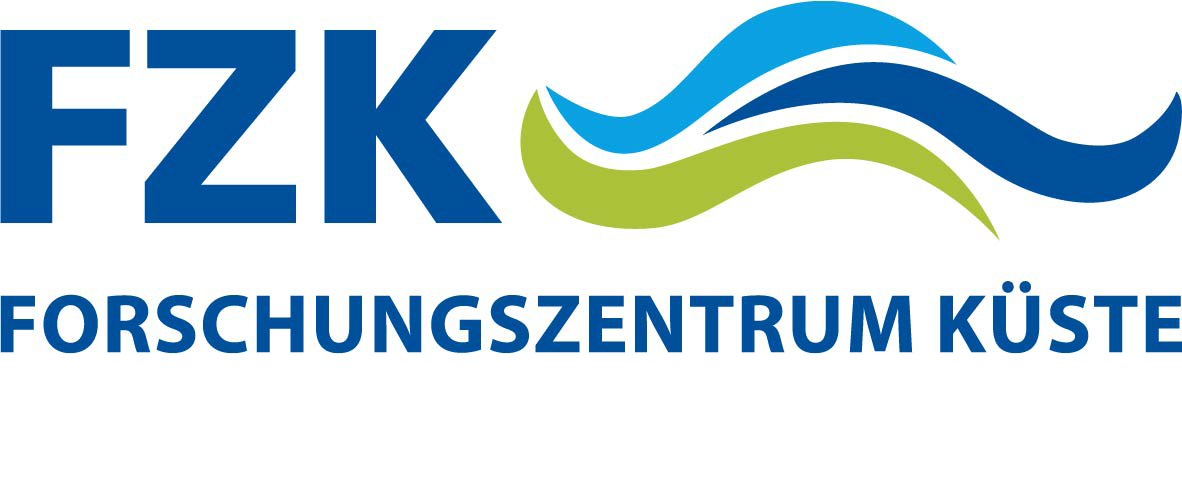Tsunami generation experiments (HyReS)

| Leitung: | Dr.-Ing. Stefan Schimmels |
| E-Mail: | schimmels@fzk.uni-hannover.de |
| Team: | Dr. Hernán Fernandez |
| Jahr: | 2014 |
| Förderung: | HYDRALAB IV |
| Bemerkungen: | 1 Woche |
The study of Tsunami effects on beaches and coastal structures is a very typical topic in the coastal engineering community, and there are many studies in this field. The effects of tsunamis on the coastline, strongly depends on the bathymetry and it varies from place to place. Thus, it is essential to understand tsunami wave propagation, shoaling, reflection, transmission, breaking, run-up and overtopping. The major limitation in experiments are the scaling of small wave steepness and long wavelength compared to bed slope. It was reported in the past that most of the existing testing facilities which are based on piston type paddle displacements would fail to generate these very long period waves and some other forms of generation have been suggested, for example, using an air chamber or water pumps. Nevertheless, there are other difficulties in generation using these techniques like small turbulence/breaking/compressed air-water phases near to the generation point, as these are based on pumps and tested in small scale, i.e. tank length of less than 30 m and much improvement needs to be carried out. Hence, generating stable long waves, without any reflection is still challenging and there are two major limitations in the existing studies:
- The generated long period waves must be stable from the very beginning, i.e. at the generation region, to be reproduced numerically without any limitations.
- The waves must be generated in a large scale testing facility to properly scale the length and height of the tsunami.
In order to overcome the above limitations, the large scale testing facility at FZK, the Large Wave Flume wave generator (Großer Wellenkanal, GWK) was utilized to generate tsunami series. Recently, Tsunami-like waves were generated in GWK, particularly solitons in a water depth of 4.5 m were created. But these waves were demonstrated not to be comparable to a tsunami, which would have a (scaled) wave period of about 100 s, and it was argued that it is not testing facility, which can generate these long wave period waves.
Motivated by the above, it was decided to test the generation of very long waves (scaled Tsunamis) with a period around 100 s in GWK to prove that the difficulties associated with pneumatic or pump generation can be avoided and that these waves can be generated in a large scale facility using a piston type wave maker. Particularly, the SCM technique was used to generate a tsunami time series at the predefined location in GWK, specifically the target signal employed in this work is based on the data recorded during the Samoa 2009 Tsunami. The field data was recorded at Pago Pago harbour, the distance from the tidal gauge location to the shoreline was L0 = 1.1 km and the local water depth d = 37 m.
The abovementioned measurement was downscaled to a water depth d = 1 m based on Froude similitude criterion. The control signal for the wave maker of GWK was iteratively improved throughout the Self Correcting Method (SCM) in a Numerical Wave Tank (NWT), the SCM was developed at x = 200 m from the wave generation. After two iterations using phase and amplitude correction steps, convergence is achieved and a relative good agreement is obtained, both at the main wave crest as well as at the wave troughs. Afterwards, the control signal was generated in the wave generator of the GWK. The comparison between the experimental and the numerical result at x = 225 m from the wave maker is quite satisfactory, the main wave crest of the tsunami is properly captured and just slight deviations are reported at the wave troughs.
This research confirms the validity of the SCM to generate tsunami time series at the desired location in the flume. It is worth to mention that the accuracy of the presented methodology significantly improves the performance of other techniques presented at other studies. Last but not least, the piston type wave maker of GWK is demonstrated to be capable to generate tsunamis, i.e. waves with a wave period of about 100 s.






